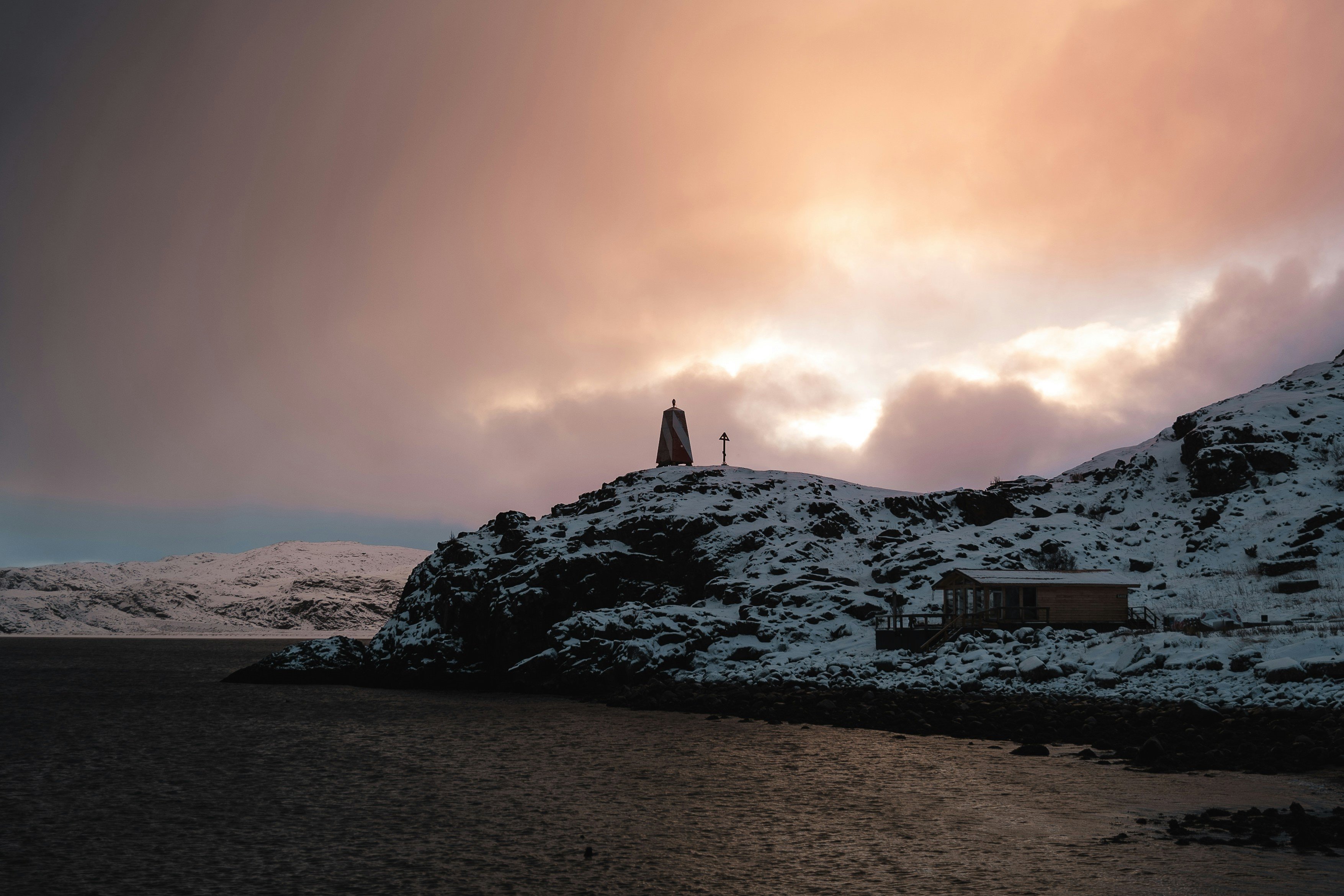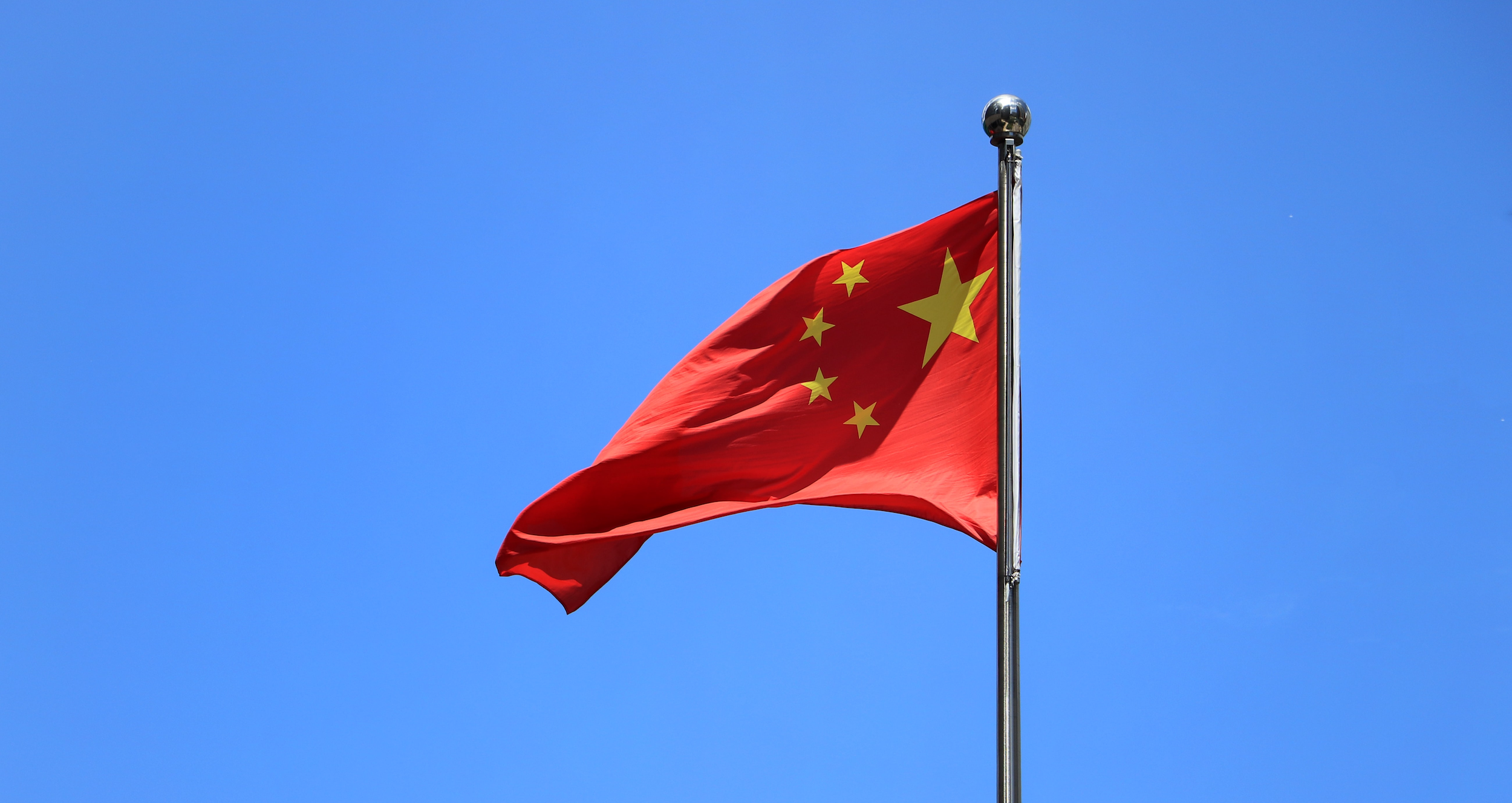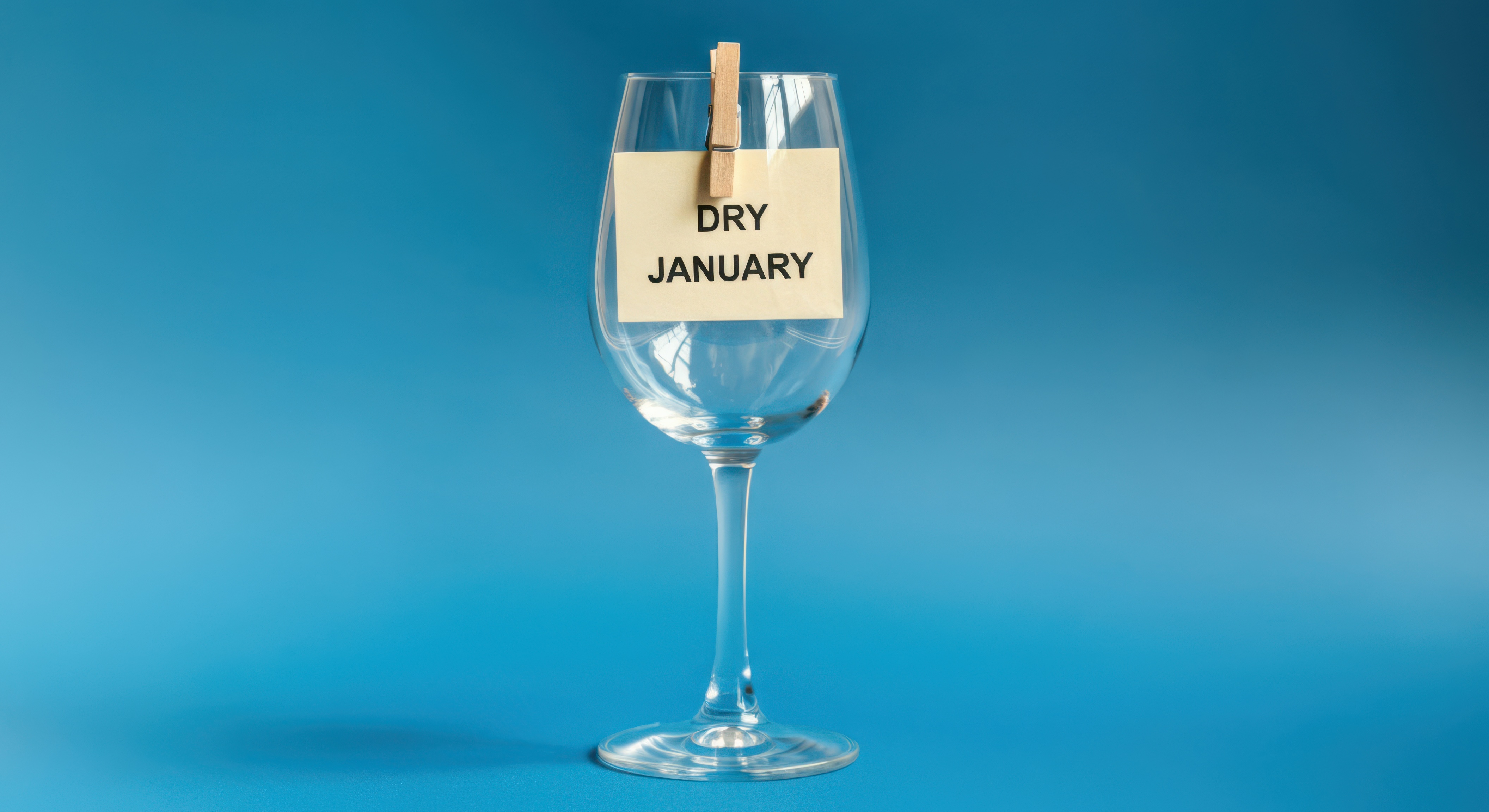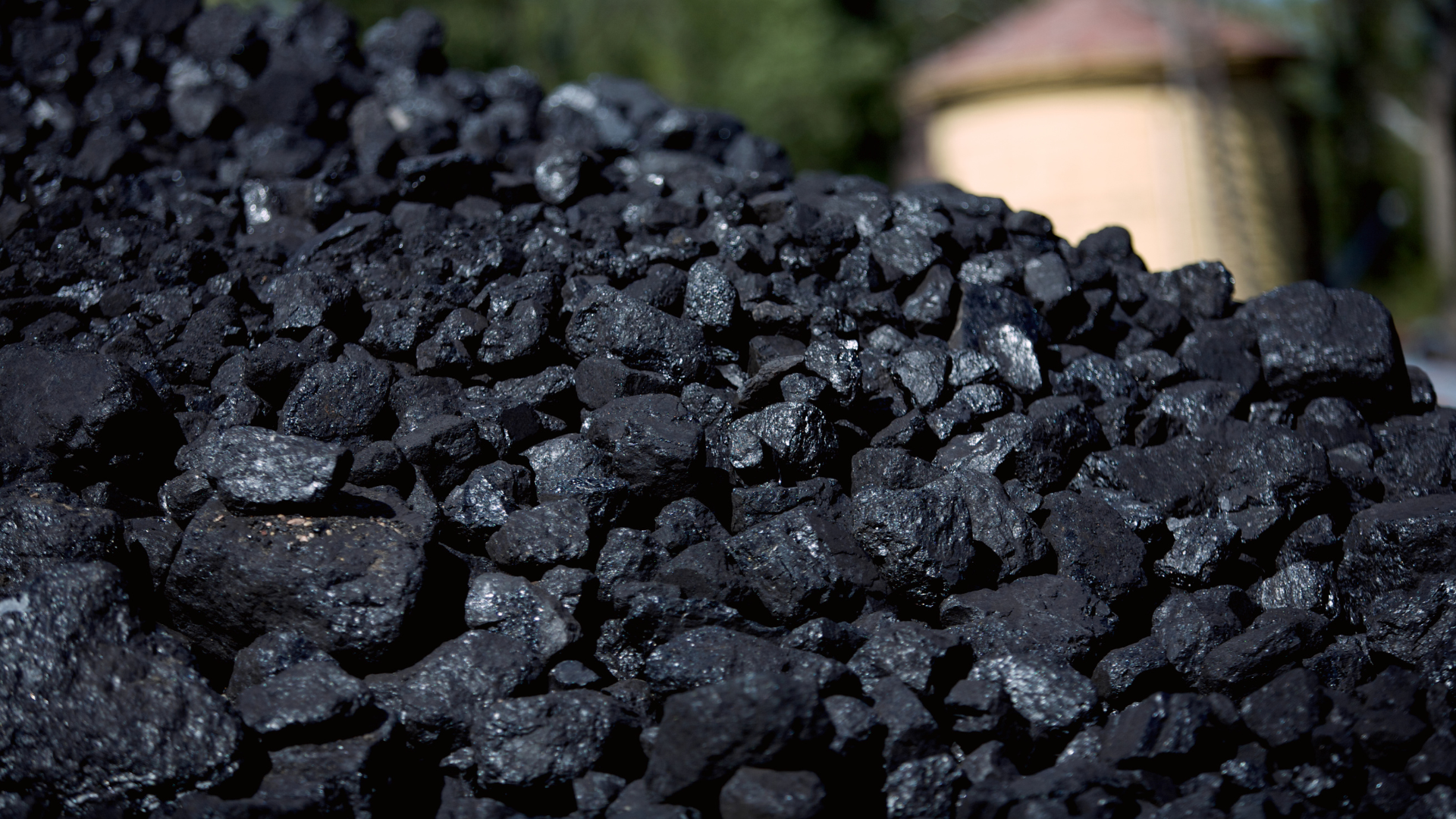
Canada’s coastlines border land from the Atlantic Ocean to the Pacific Ocean and northwards up to the Arctic Ocean, and include the Great Lakes and St. Lawrence River, giving Canada one of the world’s longest coastlines. Due to the size of its coastlines, and its strong economy and diversity, Canada is one of the world’s largest trading nations and takes its environment protection seriously. There is now a new focus on updating the original Spill Response and SOPF plans, which were created in 1995.
Some of the changes to the original plans that Transport Canada is looking to update are localisation of response teams, enhanced response times, improved preparation for spills, enhanced evaluation and certification of response plans, and increased local stakeholder participation.
Having one of the longest and most diverse coastlines brings to light the need for spill response teams to have an understanding of the local terrain and the risks associated, along with the capability to respond appropriately to spills or potential spills that occur in a specific region in a timely manner. This brings forth its own set of issues and logistics that the local spill response teams would need to address, such as having an understanding of the local conditions, risks and other factors when developing their plans, and including the organisations that have location-specific procedures, equipment and resources for the region.
Hand in hand with having a more local approach to the spill plan would be improvements in response times. Response companies would be dependent on the local resources to respond in a timely manner, and therefore would also need to make sure that their assets could respond to a spill locally of up to 10,000 tonnes. If there is insufficient manpower or assets due to the remoteness of a location, this could mean that the company would not to be able to respond in a timely fashion.
Conducting regular drills helps the response companies and the stakeholders involved be better prepared for spills when they occur. With the involvement of potentially a broader range of stakeholders than previously (including Indigenous Peoples, coastal communities, industry groups and other jurisdictions) it would take buy-in from the new stakeholders along with the response companies to train up the new individuals on their roles, especially those who potentially do not have a background or previous knowledge of what is needed in the event of a spill. The new shareholders would also need to contribute their input, resources and commitment at the time of a spill.
The updates and standards that Transport Canada is proposing require not only the response companies to update their processes and asset locations but to also expand the list of stakeholders and their contribution. Due to the size of the coastline and the diversity of the stakeholders, it may take some time for some or all of these changes to occur.




